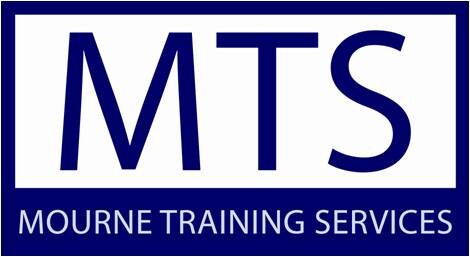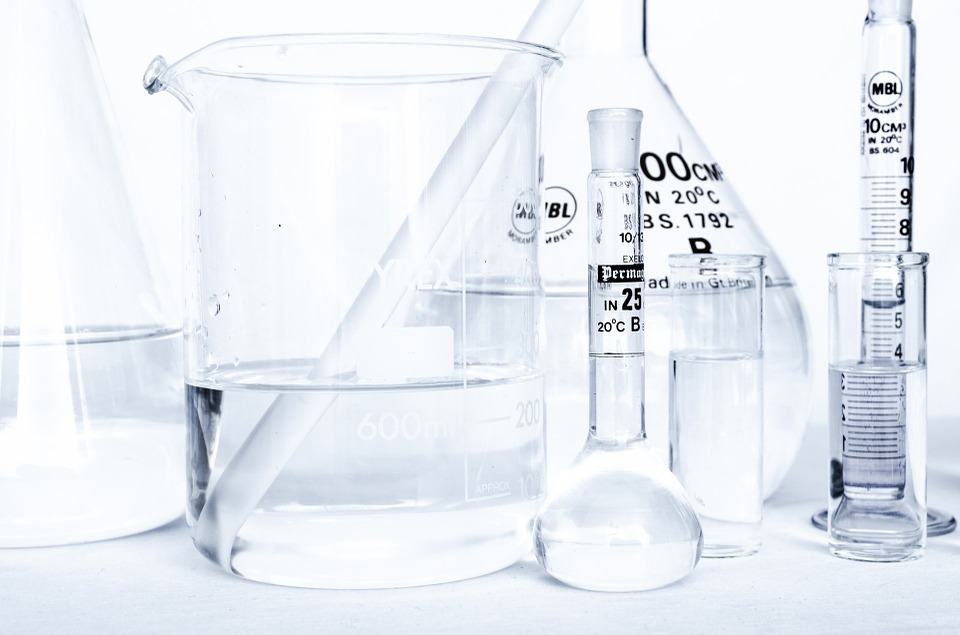MTS Helpdesk
Question:
What is the purpose of preparing replicates in analytical methods?
Answer:
Do you prepare your samples/standards in duplicate without really thinking about it? If challenged on why, would your answer be something like, “it’s good practice, isn’t it?” The use of replicates in analytical procedures is commonplace but it is important to understand why you are doing it and also what the results are telling you.
There are different types of replicates in analytical methods, which are used for different purposes. Most commonly it comes down to two types, either preparation replicates or measurement replicates. In the case of preparation, these are samples or standards that are prepared from the beginning to end of the procedure in the same way, but separately (often referred to as replicate weighings). In the case of measurement replicates, a single sample/standard is measured more than once (an example would be multiple injections in the case of HPLC).
Standard Preparation
Replicates in calibration standard preparation are often used to provide confidence in the initial weighing of the standard material. The idea is that if the response is corrected using the actual amount which was weighed out, then the response factors will be the same if the weighing has been performed correctly.
This may apply in the case of single point calibrations, where a single concentration of standard is used for the calibration, or in multi-level calibration where the solution prepared from the original weighing is diluted to prepare a series of standards over a range of concentrations.
The difficult part is setting an acceptance criteria for the required agreement between these replicate standards. Duplicate preparation is common since it requires the least amount of extra work, but two results cannot be compared using common statistical tools, such standard deviation. Usually the agreement is expressed as a percentage of one result compared to the other. How close this should be to 100% will depend on the inherent error in the method and the considerations are similar to those in setting acceptance criteria during method validation.
Sample Preparation
When replicates are used in sample preparation it is more likely that the reason is related to variability of the method caused by the inherent errors in the sample preparation steps. When the sample is very simple, such as a pure substance then the replication may be used a weighing check as discussed for standards previously. For samples which are composed of mixtures of compounds it would be expected that the sample preparation will involve more sources of error than for the standard preparation.
When the variability is evaluated in method validation then number of replicates prepared is usually 6. This number is high enough to express the variability of the method using statistics such as standard deviation, and thus confidence intervals can be calculated. (In out of specification testing, where retesting is required to determine the actual value of a suspect sample with a high level of confidence, the number of replicates is usually somewhere between 5 and 8 for the same reason.)
However, in routine analysis, 6 replicates per analysis would be unacceptable in terms of the time taken for a single analysis. A decision has to be made regarding how many replicates will be enough for an acceptable result. Usually the best source of information for this decision is the precision data in the validation report.
Standard Measurement
For many analysts in the pharmaceutical analysis laboratory, the most familiar use of replicates in standard measurement is the 6 injections performed as part of system suitability testing for HPLC methods. The purpose of this test is to show that the variability of the peak area for the same standard injected multiple times does not vary significantly, and thus the combination of the amount injected and the integration applied is the same for every injection. This is critical when using external standard calibration where separate solutions of standard and sample are being compared.
When it has been shown that the variability is acceptable then a decision still has to be made about which standard measurements will be used to construct the calibration curve. This may vary quite significantly with some analysts preferring to use all injections of standard during the analysis (in the case of a chromatographic run where there are regular injections of standard in between injections of samples) and others using injections of standard prior to or bracketing the samples being analysed. Whichever approach is used should be justified and also applied during the method validation studies so that the actual method is being evaluated.
Sample Measurement
Measuring a sample more than once implies that there is a level of variability in the measurement which needs to be accounted for to produce a reasonable estimate of the true value for the sample. If the method validation investigation for a method has shown that the variability in a method is related to the sample preparation and very little to the measurement, then there is little benefit in including replicate measurement in the routine use of the method.
It is tempting to use replicate measurements instead of preparations as a short-cut, since there is less work involved, but if this approach is taken it should be because the aim is to account for measurement variability and not sample preparation variability.
Occasionally I see acceptance criteria for HPLC methods based on 4 individual results which comprise of duplicate sample preparation combined with duplicate injections. The problem with this approach is that when it fails you don’t know whether it is because of the injector/HPLC system or the sample preparation. The remedial action will be quite different for each since in one it would be a problem with the HPLC system which needs to be corrected, and in the other it would be a problem with the weighings, dilutions, etc. involved in preparing the sample test solutions.
In summary
Replication is used to increase confidence in the integrity of data generated by analytical methods. The use of replication needs to be considered carefully and the acceptance criteria relating to the agreement of the replicates should be defined clearly in the method.
Although there is no explicit requirement for doing so, I would recommend that the decision regarding replication for a particular method is discussed and justified in its associated validation report. This seems to me to be the most appropriate document since it contains the evidence which demonstrates that the analytical method is suitable for its intended use.
(Note: This article was originally posted on LinkedIn)
Submit a Question to the MTS Helpdesk
Do you have a question for our expert relating to the topic of analytical chemistry? Use our enquiry form to send it to us.
Related content from our Resources Library
Services related to this content that we offer
Replication in analytical methods is covered in our courses, ‘Validation, Verification and Transfer of Methods for Pharmaceutical Analysis‘and ‘Validation, Verification and Transfer of Methods for Biopharmaceutical Analysis‘.
Visit our courses page for a full list of available courses and the schedule of currently available course dates.


Thank you for sharing your views.
I’m aligned with the proposal to have the replicate strategy presented and justified in validation reports.
I would also insist that validation results should be confronted to validation acceptance criteria taking into account the replication strategy.
J-F
The FDA guidance for industry is a minimum of two preparations for assay. Recent lifecycle proposals move toward removing replication from the method and letting it be on a case by case basis. Good article though 👍